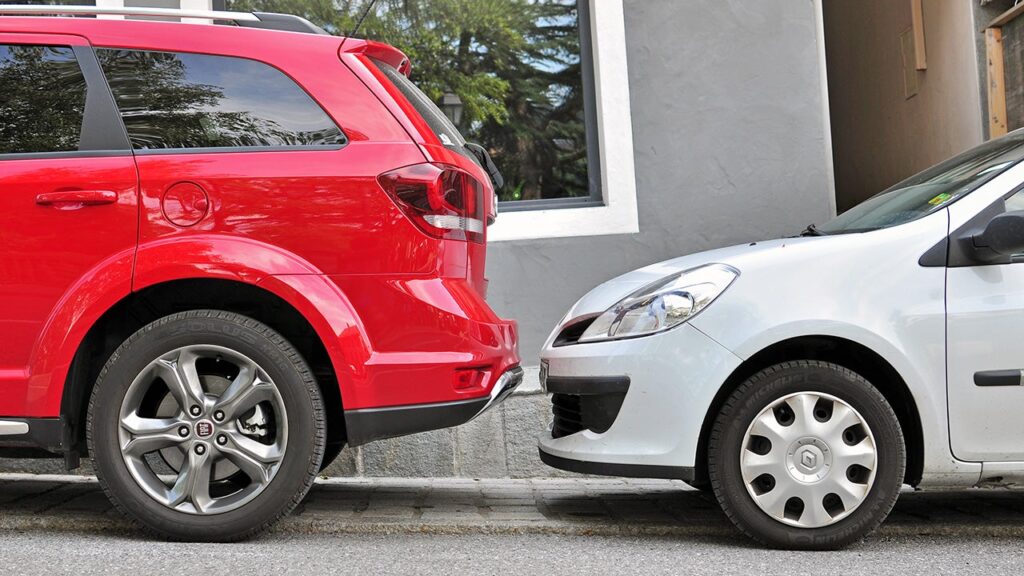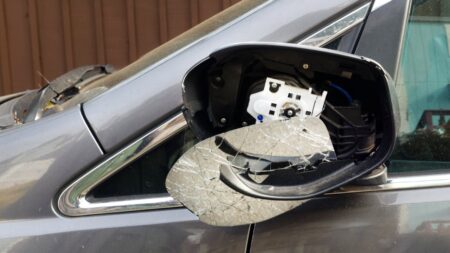Key takeaways
- Many providers offer significant discounts for adding a vehicle to an existing car insurance policy, as opposed to having separate policies for each vehicle.
- To add a car to your insurance policy, you’ll likely need to provide your insurance carrier with the VIN of the new vehicle, registered owner’s information, vehicle safety features, type of coverage you want, usage estimates and leasing information if applicable.
- It may make more sense to have separate policies if you need different types and amounts of coverage for your vehicles.
You may need to add a car to your insurance policy for various reasons, such as when your teenager hits the road for the first time with their freshly legal driver’s license or when you purchase a sweet new ride for weekend cruising. Adding a new vehicle to an existing policy typically offers cost savings and simplicity compared to maintaining separate policies. However, this approach may not be optimal for everyone. To aid in your decision-making process, Bankrate’s insurance editorial team has analyzed the advantages and disadvantages of both multi-car and separate policies. Additionally, we provide guidance on how to effectively communicate to your insurance provider that you’ll be adding a car to your policy to ensure timely activation of your coverage and to determine your eligibility for any available discounts.
How do I add a car to my insurance policy?
There are two ways to add a vehicle to your car insurance policy.
- Make the changes online. Many insurance companies, including Geico, allow you to add and remove a car from your insurance policy online. You may also be able to make these changes on an insurer’s mobile app. Prepare to provide details about the vehicle you want to add, including the VIN, mileage and ownership status. You will receive a quote before you are obligated to officially add the car to your policy.
- Get help from an agent. Some insurance companies may not offer digital tools to make policy changes. Or, you may prefer some guidance. In either case, visiting an agent in person or contacting your insurance company over the phone will provide you assistance for adding a new vehicle. Once the agent quotes a price for the new policy, you can either accept it and proceed with the policy change or seek coverage elsewhere.
What information do I need to add a car?
There is some basic information that you’ll need to give your insurance company to add a car to your policy, including:
- Vehicle identification number (VIN): You can find your VIN on the vehicle’s title or window sticker. If these aren’t available, look for it in the lower left-hand corner of your windshield or on the inside of your door.
- Registered owner’s information: If you register the vehicle in anyone’s name other than your own, you will likely need to add that driver to your policy, too.
- Vehicle safety features: Most of the time, your vehicle’s safety features will populate based on your VIN. Occasionally, however, your agent may ask you for detailed information about any anti-theft devices in your vehicle, which may lead to additional discount opportunities.
- Type of coverage: You will need to tell your insurance company what types and levels of coverage you’d like your new vehicle to carry.
- Usage information: Your insurance company will ask you how you plan on driving your vehicle. For instance, they may want to know if you are commuting and how many miles round trip it takes you to get to work. They may also ask for your current odometer reading. Some insurers offer discounts for low-mileage drivers, which might save you money if you work from home, use public transportation or are retired.
- Lienholder or leasing company information: If you are financing or leasing your car, your insurance company will need your lender’s information to send them proof that your vehicle is covered.
Why should I add another car to my insurance policy?
Because most insurance companies offer a hefty multi-car discount, multi-car insurance policies are usually cheaper than insuring multiple vehicles on separate policies. There are times, however, when you might be unable to add another car to your policy. This is likely the case if you own more vehicles than the average person, as most companies have a limit to how many cars you can list on one policy. However, this limit generally varies by company.
Although you may qualify to get a multi-car discount for adding a vehicle to your existing policy, it’s important to consider the pros and cons when comparing multi-car and single-car policies. There are times when separate policies may work better, such as when you would like to spread your policy payments out over the month or when you’d like different coverage levels for each car.
| Pros | Cons | |
|---|---|---|
| Multi-car policy | The more cars you add, the more you may save through multi-car discounts Easier to manage all in one place Pay one bill covering all vehicles on the policy |
The premium for all your vehicles will be due at the same time You normally have to carry the same liability limits for all vehicles listed on the same policy |
| Separate policies | You can offset payment dates You can select different coverage for each vehicle |
May be more expensive to insure each vehicle separately You will need to manage separate bills and due dates |
Some insurance companies may not give you an option when it comes to insuring your vehicles on one policy or separate ones. If you are unsure of how to cover your additional vehicle, call your company or agent to discuss your options.
Does adding a car to my policy affect my rate?
Although you may qualify for a multi-car discount by adding a second vehicle to your policy, your overall car insurance rate will likely still increase. Multi-car discounts are among some of the most significant discounts offered to drivers by car insurance companies, but they’re typically not enough to negate the total premium your insurance company will charge to add a vehicle to your policy.
To ensure you get the best rate possible, most insurance professionals recommend that you shop around and compare quotes after certain life events, like buying a new car.
How to choose coverage types and limits when adding a car
The average cost of car insurance in the United States is $644 per year for minimum coverage and $2,314 per year for full coverage, as of April 2024. Minimum coverage may be cheaper, but purchasing higher limits and full coverage has its benefits.
Minimum coverage is just what it sounds like, the minimum insurance required by your state to drive legally. Many insurance experts, however, would recommend that you purchase more than the minimum. Higher liability levels, for example, will give you fuller protection in an expensive accident if you are determined to be at fault. It’s also important to note that you’ll usually be required to have a consistent amount of liability coverage across your multi-car policy, meaning you can’t customize the limit for each vehicle.
It’s also worth considering optional coverages such as collision and comprehensive insurance, which cover damage to your own car. Liability only covers the other driver’s damages and injuries in an at-fault accident. Generally, you can customize your comprehensive and collision coverage as you see fit for each vehicle within a multi-car policy. For example, you may opt to purchase collision and comprehensive coverage for your personal car but not for the old starter car you bought for your teenager.
Other optional insurance types include gap insurance, emergency road service and rental reimbursement. That said, it’s best to talk with a licensed insurance agent about what coverages are worth the cost in your situation.
Frequently asked questions
Read the full article here
















